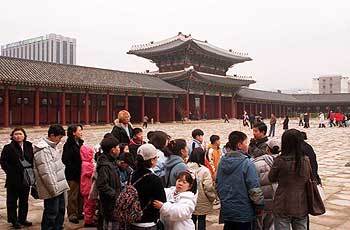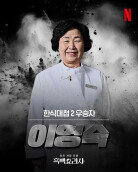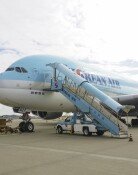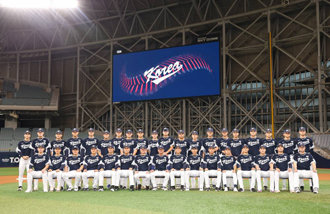Knowing Secret Stories About Palaces Doubles Pleasure of Appreciating Them
Knowing Secret Stories About Palaces Doubles Pleasure of Appreciating Them
Posted January. 30, 2003 22:21,

Seoul accommodates 5 palaces of the Chosun Dynasty, such as Kyungbok Palace, Chongduk Palace, Chongkyung Palace, Kyunghee Palace and Duksoo Palace. During the Lunar New Year holidays, various traditional events are held there. In addition, famous museums are settled in them. For this and that reason, the palaces serve as wonderful sightseeing places for family outing. To enhance the pleasure, let`s look into the secret stories about the palaces.
▽ Daehan Gate, really the main gate of Duksoo Palace? = Kwonghwa Gate is the main gate of Kyungbok Palace, Donhwa Gate of Chongduk Palace, and Hunghwa Gate of Kyunghee Palace. The main gate of each palace has a Chinese character "hwa," which means flower. But the only exception is Daehan Gate, which is a gate of Duksoo Palace. Why is that?
Deahan Gate was not initially intended as the main gate of the palace. It was Inhwa Gate that served that purpose. It was located across the wing of the City Hall. In other words, it faced south. But in the early 1900s, the Japanese occupying government demolished it to make a road. Since that time, Deahan took place of Inhwa Gate and served as the main gate.
Daehan Gate`s original name was Deaahn Gate. But the middle character of the original name is a compound of two Chinese characters meaning "house" and "woman." In those days, male chauvinists prevailed, and they changed the name to "Han." Another story has it that King Goh dreamed a dream that if the name were changed to han, the nation would prosper.
▽ Palace that served as the domicile of most kings = It`s not Kyungbok Palace, but Chongduk Palace. The former served kings for 230 years, while the latter for about 270 years.
Kyungbok was first constructed in 1395. Since that time, it served until 1592 when the Japanese invaded South Korea. It served again as the domicile of kings from 1868, when it was rebuilt, to 1896, when King Goh fled to the Russian legation. On the other hand, Chongduk Palace, founded in 1405, served kings from 1611 to 1868, when Kyungbok was rebuilt. Then, it accommodated a king from 1907 to 1910 when Japan colonized the Korean Peninsula.
In the meanwhile, Chongkyung Palace was not for kings. It was built up to accommodate mothers and grand mothers of kings, who could not live in the small palace Chongduk sitting next to Chongkyung.
▽ Buildings without roof`s ridge = All buildings having roofs covered with Korean traditional tiles have ridges spreading out at the height of 20-50cm, which is called Yongmahroo in Korean meaning roof (nahroo) of a dragon (Yong). Kangnyung Wing and Gyotae Wing, however, do not have the ridges.
The two wings were places where a king and his queen slept together. The "bed wing" at that time was considered a place where the king, who was deemed as a sacred dragon, engaged in reproductive activities to "produce" a new dragon to take his heritage. That is why the builders did not dare TO put another dragon (or Yong) on the living dragon. The same theory explains why there were no Yongmahroo on Daecho Wing of Chongduk Palace, where the queen lived, and Tongmyung Wing of Chongkyung Palace.
▽ Kwonghwa Gate originally built of wood = The top portion of the Kownhwa Gate was originally built of wood. But it was destroyed during the Korean War. Thus, when rebuilding it in 1968, cement was used in place of wood. The tablet bearing the gate`s name was made off the writing that then President Park Chung-hee himself wrote on a panel of wood.
Kwawg-Pyo Lee kplee@donga.com
Headline News
- Pres. Yoon addresses the nation at a press conference
- LX Group chairman gifts 100 million won to employee family welcoming quadruplets
- Tax-exempt shared offices in rural areas misused as tax havens
- President-Elect Trump promises 'peace through strength'
- French gambler wins 67.2 billion won by betting on Trump’s election win







